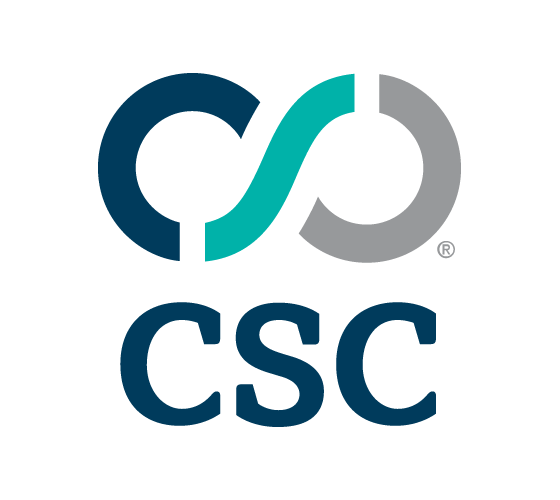


|
||
|
||

CTIA, the trade association for cellular companies, published a recent blog titled, “The Looming Spectrum Crisis”. The blog quotes a study from Accenture that concludes that a lack of spectrum for 5G is reaching a point of crisis. The Accenture study says that cellular networks will be unable to meet nearly one-fourth of peak-period requests for connection as soon as 2027.
My first reaction to this headline was, “Here we go again” because this feels like the giant industry drama eight years ago when the wireless industry told everybody who would listen that the U.S. was losing the 5G war to China. That effort was also aimed at getting more spectrum to support 5G. In retrospect, it turned out that nobody cares what China does with wireless inside their own country.
The other original promise was that 5G was going to revolutionize connectivity. Cell sites were going to be upgraded so that customers could get huge amounts of bandwidth by combining signals from multiple small cell sites that were going to be on every corner. 5G was going to unleash self-driving cars, virtual reality, and even the ability for doctors to do remote operations. It turns out that none of those things were ever implemented because cell carriers quickly realized that people weren’t willing to pay extra for a faster cell signal or for the bells and whistles.
However, the scare tactics worked, and the carriers got the new spectrum. The public didn’t get the bells and whistles, but we got faster cellular networks that work better, and that’s okay.
The CTIA blog seems to be rehashing the same old claims. The blog says that without new spectrum, consumers won’t have access to next-generation products and services like remote robotics, extended reality devices, and autonomous vehicles. Lack of spectrum also means that AI will be stifled.
The biggest threatened consequence of not getting more spectrum is that competition will suffer. By that, CTIA means that the carriers want more spectrum to expand 5G FWA home broadband. That’s interesting because the CEOs of the cellular carriers have all publicly been saying that 5G home broadband is a sideline and was implemented to use up excess capacity in the network. This is the first time I can recall seeing FWA as the justification for needing more spectrum. I can understand why the carriers want more FWA—they had grown the business in only a few years to over 11.6 million customers at the end of 2024. However, wanting more spectrum to sell more FWA customers is not a looming crisis.
It is true that cellular traffic usage has been growing rapidly and likely will continue to do so. Ericsson says the rate of growth of cell phone data usage in North America will be 16% per year through 2030. That prediction must be tempered by the fact that OpenSignal says that 85% of cell phone traffic is now handled by WiFi and not with cellular spectrum.
I guess the wireless industry saw that crying wolf worked eight years ago, and are adopting the same tactic again. The industry clearly needs more spectrum in the future, but it’s not particularly believable that cell networks will be unable to complete huge numbers of connection requests only a year and a half from now.
If the industry is really going to run out of 5G spectrum by 2027, you would think there would have been a much louder stink about this before the second quarter of 2025. You also might think that an industry that was facing that kind of crisis wouldn’t have connected 11.6 million FWA home broadband customers to scarce 5G spectrum in the last few years—particularly since the average FWA customer uses up to 100 times more cellular data in a month than the average cell customer. I am sure that the real purpose of this kind of headline is to give cover for the FCC to give more spectrum. But it’s so damned dramatic.
Sponsored byDNIB.com

Sponsored byCSC

Sponsored byWhoisXML API

Sponsored byIPv4.Global

Sponsored byRadix

Sponsored byVerisign

Sponsored byVerisign
